- 05 Apr 2023

Facial Recognition Technology and Contactless Check-ins in Modern Airports

Airports are undergoing rapid technological transformations, including biometric improvements that verify the identity of passengers and expedite security checks quickly.
If it’s been a while since you traveled, especially to the United States, you might notice some changes. Biometrics are being used to automate check-in processes. Facial recognition technology and RFIDs are used to map luggage and individuals as they both pass through customs. Distinctive personal characteristics of the person are used to verify their identity, such as fingerprints. The process promises more security and speedier passage through the airport while eliminating the need for manual picture ID checks at each stage, which can be time-consuming and not free of errors.
Why facial recognition?
The aviation industry has been discussing contactless facial recognition technology for a while. COVID-19 exacerbated the efforts to find contactless check-ins at airports, which have been getting highly crowded since the mitigation of the disease.
Now, congestion at airports is fast becoming an issue for the airline industry with the rise in the number of passengers opting for international travel. The throng, obviously, prevents customers from having seamless and dependable entry and exit processes. IATA, or the International Air Transport Association, thus organized a work group to investigate and identify appropriate solutions to help ease the situation. Biometric technology, a new idea, uses a single ID, including facial recognition, to simplify boarding and immigration.
A generic overview of how it works
A facial recognition system works with four different touchpoints present at airports. These could be turnstiles or self-service kiosks helping passengers carry out their own boarding procedures. Travelers can register at any of these places to create their boarding pass and initiate an immigration process. The backend infrastructure uses an engine or multiple engines to conduct parallel processing to handle passenger volumes during a busy season. Authentication is thus obtained without delays. Touchpoints that come in various forms are:
Self-Check-in – Used alongside conventional check-in functions, passengers are registered with facial recognition at a kiosk. Boarding pass and passport data are used to map details into the system. Identity verification is obtained by inserting a screen that contains the facial recognition software.
Baggage check-in – Automatically accomplished after the traveler’s face is verified and authenticated. The airline does not have to manually check luggage since passengers can drop it off.
Security Check – An automatic gate verifies passenger details and confirms their boarding pass. The gate contains built-in facial recognition technology to perform identity checks and verifications of passengers passing through.
Boarding Gate – The last checkpoint beats conventional boarding formalities, requiring company staff to manually scan every boarding pass before embarking on the plane.
Integrating Facial Recognition with the airline’s legacy system
Airlines, the world over, and especially those that run international flights, run into a variety of airports as part of the system. These players need shared boarding systems that can help them verify passengers and provide similar handling services everywhere. That is why facial recognition is one of today's most wanted tools to deliver smooth traveler transition and care.
Recent Post
-

Sustainability in Travel : How travel technology drives eco-conscious tourism
25 Apr 2024
-
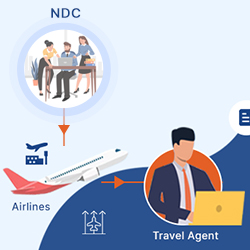
The Collective Power of NDC for Airlines, Agents, and Customers and its benefits in the travel chain
11 Apr 2024
-
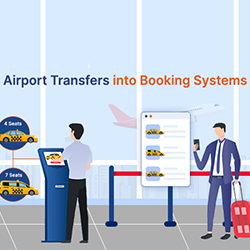
Streamlining Travel Experiences: The Importance of Integrating Airport Transfers into Booking Systems
27 Mar 2024
-

Hotel API Integration: Why it’s important for travel businesses
18 Mar 2024
-
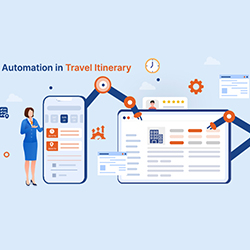
Automate the itinerary building process 5 reasons why travel agents need a travel itinerary tool
27 Feb 2024
-
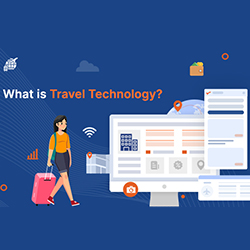
What is travel technology? An overview and its role in the travel / tourism industry
12 Feb 2024
-
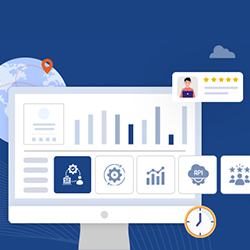
Why Every Travel Agent needs an Online Booking System in the Modern Digital Age
18 Jan 2024
-

The Role of Analytics in the Travel Industry
08 Jan 2024
-

How ChatGPT can improve the Travel and Tourism sector with it’s AI capabilities
26 Dec 2023
-

AI-powered Journeys: How AI is Reshaping the Travel Landscape this Holiday Season
22 Dec 2023
-

The Crucial Role of an Automated Mid-Back Office Solution for Streamlining Travel Operations
11 Dec 2023
-
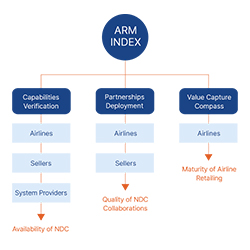
A Guide to IATA ARM (Airline Retailing Maturity) index
30 Nov 2023
-

A Guide to Corporate Travel Management
16 Nov 2023
-
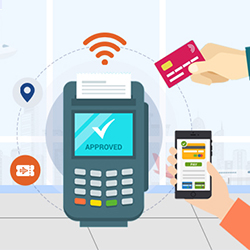
The Role of NFC in the Travel Industry
02 Nov 2023
-

World Tourism Day 2023: Unveiling the Future of Travel Technology
27 Sep 2023
-
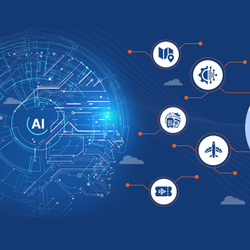
How is AI emerging in the travel industry?
21 Sep 2023
-

Pratra’s Innovative Travel Technology Products
04 SEP 2023
-

The Rise of Robots in Travel Industry and its Role in Enhancing Customer Experience
13 AUG 2023
-
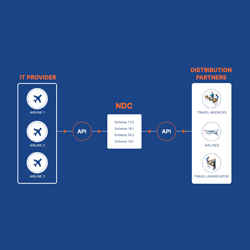
Difference between Conventional APIs and NDC APIs
01 AUG 2023
-

What is Travel API, and how can it help your business?
03 JUL 2023
-

Using AI to Empower Travel Advisors
05 Jun 2023
-

Top 5 Benefits of AR/VR Technology in the Travel and Tourism Industry
17 May 2023
-

Facial Recognition Technology and Contactless Check-ins in Modern Airports
05 Apr 2023
Let’s connect!
Our expertise is here at your disposal. We can’t wait to make use of it and help you succeed.

